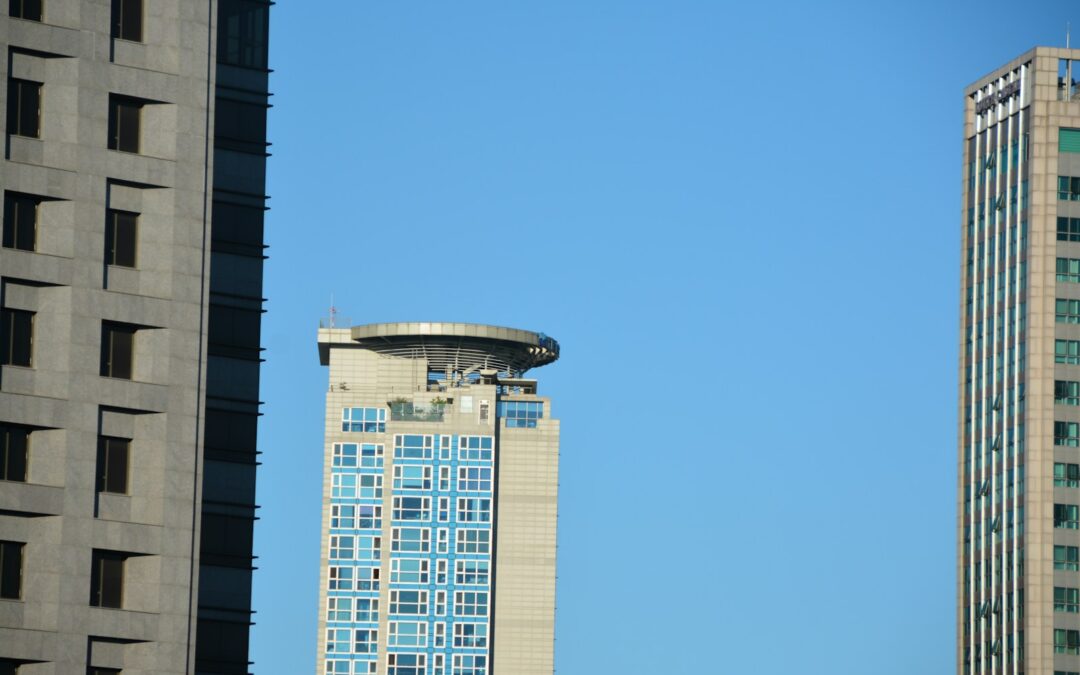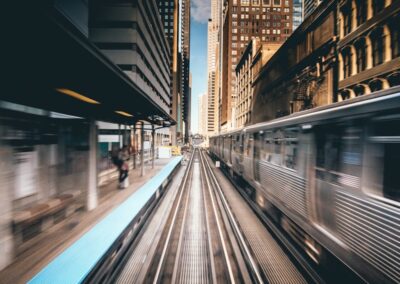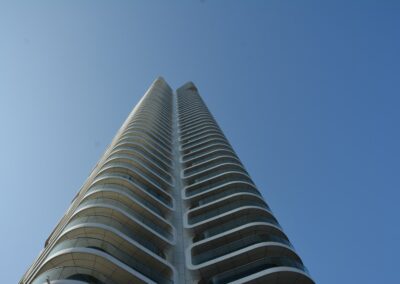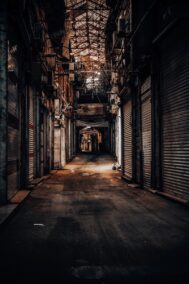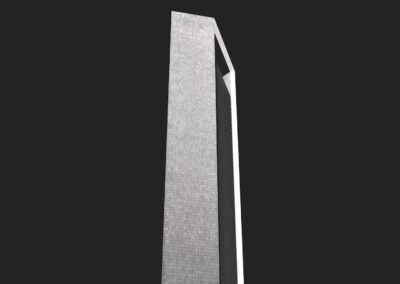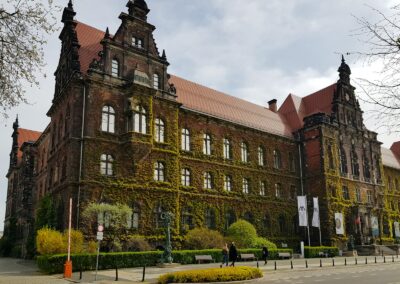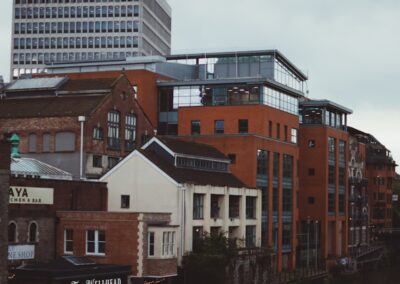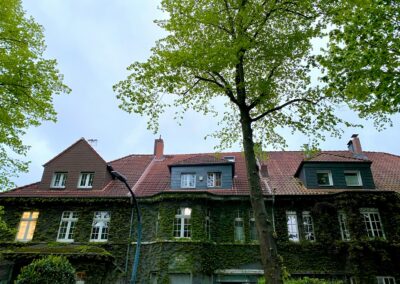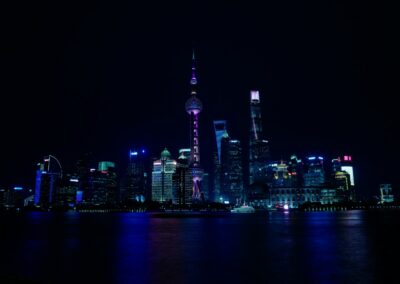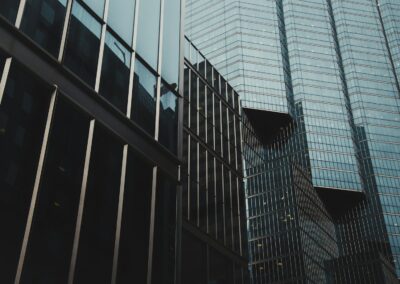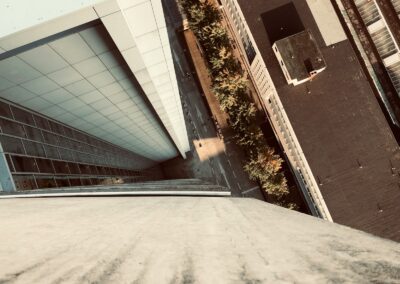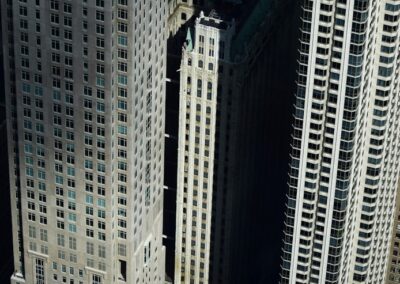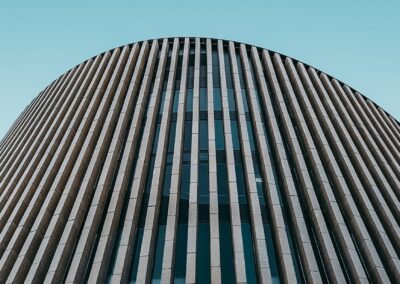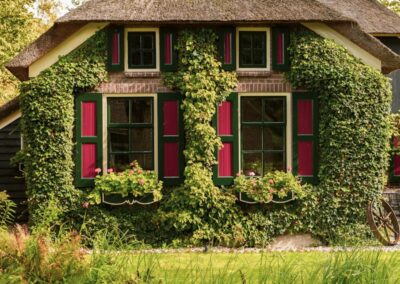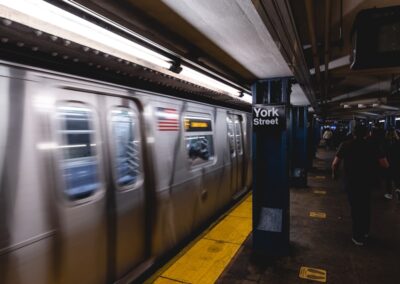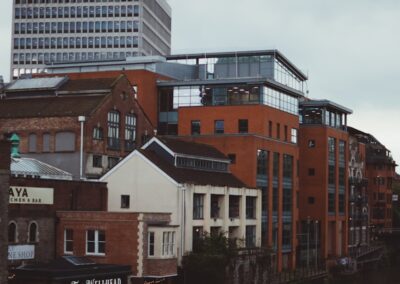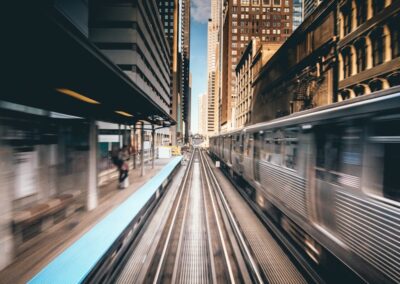The Rise of Vertical Neighborhoods in Modern Urbanization
Understanding Vertical Neighborhoods
The concept of vertical neighborhoods in skyscraper cities is gaining traction as urban areas worldwide grapple with increasing population densities and limited land availability. Particularly in rapidly developing cities like Riyadh and Dubai, vertical neighborhoods offer a visionary approach to urban planning that aims to enhance community living and transform social dynamics. Vertical neighborhoods integrate residential, commercial, and recreational spaces within single high-rise buildings or clusters of buildings, creating self-sustaining communities that minimize the need for horizontal sprawl.
In Riyadh, the King Abdullah Financial District exemplifies this trend, with its mix of residential towers, offices, and leisure facilities designed to foster a sense of community. Similarly, in Dubai, developments like the Burj Khalifa complex and Jumeirah Beach Residence illustrate how vertical living can combine luxury with convenience, offering residents unparalleled amenities and lifestyle options. These developments are not just about creating impressive skylines; they are about rethinking how people live, work, and interact within urban environments.
Vertical neighborhoods address several challenges associated with traditional urban sprawl. By consolidating diverse functions within a compact footprint, these neighborhoods reduce the reliance on extensive transportation networks, thereby decreasing traffic congestion and pollution. This approach also promotes walkability, making daily commutes and errands more convenient and sustainable. As cities like Riyadh and Dubai continue to grow, adopting vertical neighborhoods can play a crucial role in creating more livable and resilient urban spaces.
Enhancing Community Living through Vertical Neighborhoods
Vertical neighborhoods are designed to foster a strong sense of community among residents. By integrating various amenities such as schools, healthcare facilities, shopping centers, and recreational areas within a single complex, these neighborhoods create a vibrant, interconnected environment where residents can meet their daily needs without leaving their immediate vicinity. This proximity promotes social interactions and a sense of belonging, enhancing the overall quality of life.
In Dubai, the concept of vertical neighborhoods has been implemented in several high-profile developments. For instance, the Marina Torch and Princess Tower in Dubai Marina offer a range of facilities, including gyms, swimming pools, and community spaces that encourage social engagement among residents. These amenities provide opportunities for residents to connect, collaborate, and build relationships, contributing to a cohesive community atmosphere. This is particularly beneficial in a cosmopolitan city like Dubai, where residents come from diverse cultural backgrounds and can benefit from shared communal spaces.
Moreover, vertical neighborhoods can enhance safety and security, another critical aspect of community living. With controlled access points and integrated security systems, these developments offer residents peace of mind, knowing that their living environment is secure. In Riyadh, the Al Faisaliah Tower complex incorporates advanced security measures and community-oriented services, ensuring a safe and welcoming atmosphere for its residents. This focus on safety not only enhances the appeal of vertical neighborhoods but also contributes to the overall sense of well-being among residents.
Transforming Urban Social Dynamics
The adoption of vertical neighborhoods has the potential to significantly transform urban social dynamics. By bringing people closer together in high-density environments, these neighborhoods can facilitate greater social cohesion and interaction. This proximity can lead to stronger community bonds and more robust social networks, which are essential for fostering a supportive and resilient urban society.
One of the key benefits of vertical neighborhoods is their ability to create inclusive communities that cater to a diverse population. In cities like Riyadh and Dubai, where people from various cultural and socioeconomic backgrounds coexist, vertical neighborhoods can provide a common ground for interaction and collaboration. Mixed-use developments that include affordable housing options alongside luxury apartments can help bridge social divides and promote inclusivity. This approach ensures that all residents, regardless of their economic status, have access to high-quality living environments and community amenities.
Furthermore, vertical neighborhoods can play a pivotal role in promoting sustainable urban development. By optimizing land use and reducing the need for extensive infrastructure, these neighborhoods can lower the environmental impact of urbanization. In the UAE, initiatives like Masdar City in Abu Dhabi showcase how vertical living can be combined with sustainable design principles to create eco-friendly urban environments. These developments incorporate renewable energy sources, green building materials, and efficient waste management systems, setting a benchmark for sustainable urban planning in the region.
Implementing Vertical Neighborhoods for Future Urban Growth
Leadership and Strategic Planning
Effective leadership and strategic planning are crucial for the successful implementation of vertical neighborhoods. Business executives, urban planners, and policymakers in Riyadh and Dubai must work collaboratively to develop comprehensive plans that address the unique challenges and opportunities associated with vertical urbanization. This includes conducting thorough feasibility studies, engaging with stakeholders, and incorporating feedback from residents to ensure that the developments meet the needs of the community.
Leadership in this context involves not only guiding the technical and logistical aspects of vertical neighborhood projects but also championing the vision of sustainable and inclusive urban growth. In Saudi Arabia, initiatives like NEOM exemplify how visionary leadership can drive the development of futuristic cities that prioritize innovation, sustainability, and community well-being. Similarly, Dubai’s leadership has been instrumental in transforming the city into a global hub for business, tourism, and luxury living, demonstrating the potential of vertical neighborhoods to enhance urban life.
Technology and Innovation in Vertical Neighborhoods
The integration of modern technology is a defining feature of successful vertical neighborhoods. Technologies such as AI, blockchain, and the Internet of Things (IoT) can enhance the functionality and efficiency of these developments, making them smarter and more responsive to residents’ needs. In Dubai, the use of AI-driven systems for energy management, security, and building maintenance is already transforming how vertical neighborhoods operate, ensuring optimal performance and sustainability.
Blockchain technology can also play a significant role in enhancing transparency and security within vertical neighborhoods. By implementing blockchain-based systems for property transactions, maintenance records, and community governance, developers can create trust and accountability among residents. This technological innovation can streamline administrative processes, reduce fraud, and ensure that community resources are managed effectively.
Moreover, the use of IoT devices can improve the quality of life in vertical neighborhoods by providing real-time data on various aspects of urban living. Smart sensors can monitor air quality, energy usage, and waste management, enabling residents to make informed decisions and contribute to a more sustainable living environment. In Riyadh and Dubai, where technological innovation is a key driver of economic growth, integrating these advanced technologies into vertical neighborhoods can set new standards for urban development.
Conclusion: The Future of Vertical Neighborhoods
The concept of vertical neighborhoods within skyscraper cities represents a transformative approach to urban living that addresses the challenges of population growth, limited land availability, and the need for sustainable development. In cities like Riyadh and Dubai, vertical neighborhoods offer a visionary solution that enhances community living, fosters social cohesion, and promotes environmental sustainability.
By leveraging strategic leadership, technological innovation, and a commitment to inclusivity, vertical neighborhoods can redefine urban social dynamics and create thriving, resilient communities. As these developments continue to evolve, they will undoubtedly play a pivotal role in shaping the future of urbanization in Saudi Arabia, the UAE, and beyond. The successful implementation of vertical neighborhoods will depend on the collaborative efforts of business leaders, urban planners, and policymakers, who must work together to create vibrant, sustainable, and inclusive urban environments that meet the needs of all residents.
—
#VerticalNeighborhoods #SkyscraperCities #UrbanSocialDynamics #CommunityLiving #ModernTechnology #BusinessSuccess #LeadershipSkills #Riyadh #Dubai #UAE #SaudiArabia

